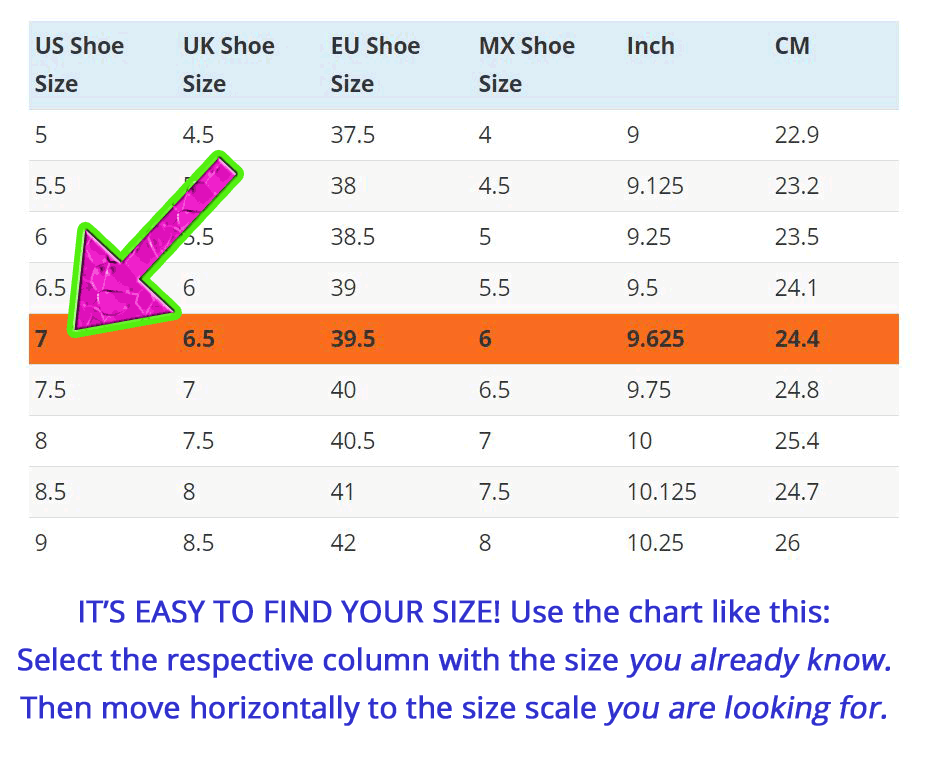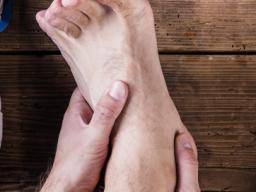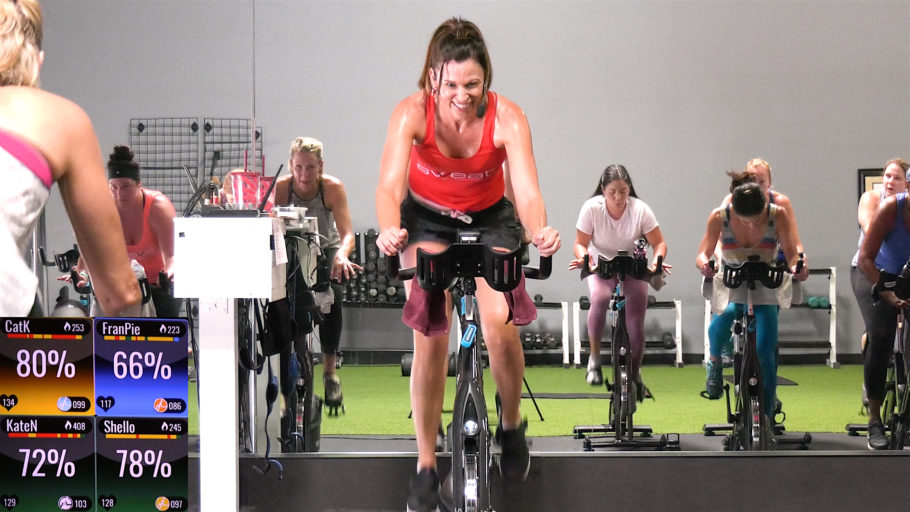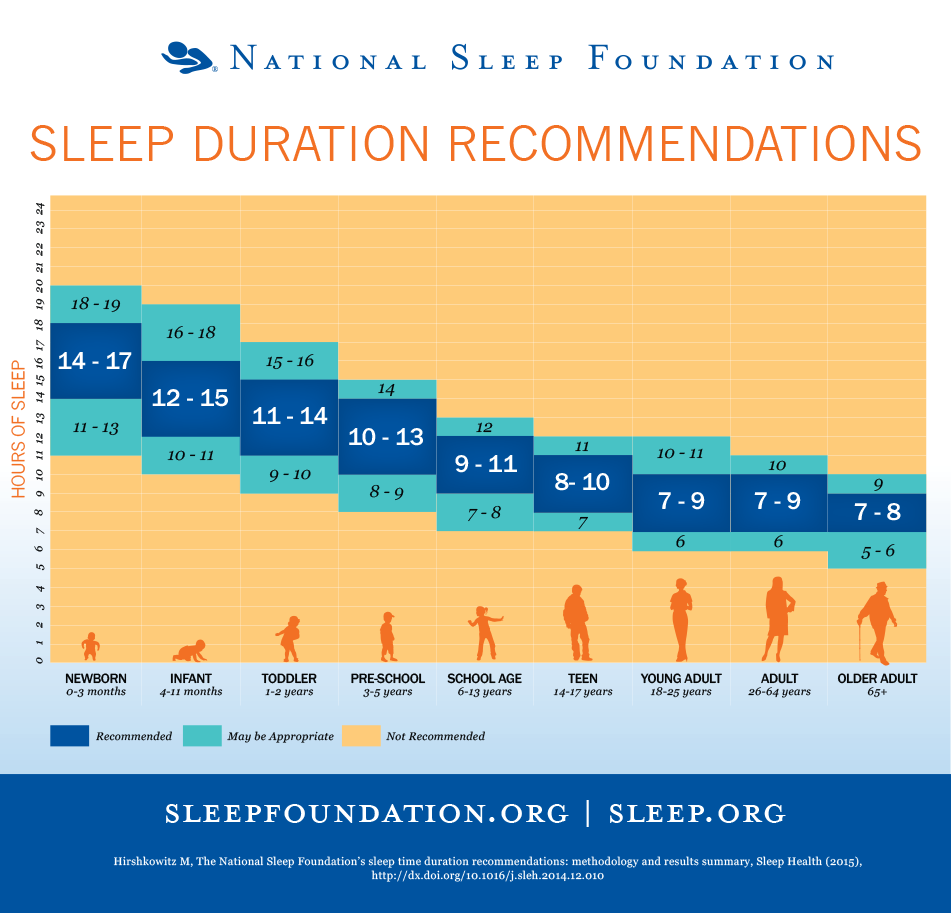It extends from the upper neck down through the vertebrae in the middle of your back. Shoulder and head rolls will help prevent and relieve tension headaches.
 Try These 15 Stretches To Relieve A Stiff Neck Tight Shoulders And Upper Back Pain
Try These 15 Stretches To Relieve A Stiff Neck Tight Shoulders And Upper Back Pain
Raise the hips up off the floor.

Tight shoulder muscles. Pain in the arms and hands that originates from the shoulders can also be due to trigger points areas of tightness in the muscles of the shoulder and neck. When you try to bend the knee or walk - youll feel a pull and the leggings wont move right. Rotator cuff injury is a tearing of the muscles and tendons that surround the shoulder joint.
This exercise loosens the deltoids which is one of the most used shoulder muscles and prone to stiffness and tightness along with rhomboids and trapezius muscles of the upper back. Its important to note however that chest muscles do not get tight on their own. Muscle stiffness is when your muscles feel tight and you find it more difficult to move than you usually do especially after rest.
Perform the exercise in a. Reach the arms out to the sides. Lie on your side propping yourself up on one elbow.
Head and eyes look directly forward. To do this exercise one should stand straight with the feet kept about a foot apart. They do so by altering the normal loading and function of the upper body.
Signs Symptoms of a Tight Trapezius Muscle The trapezius is a large muscle located on the back of your neck and shoulders. In severe cases tight chest muscles can increase your risk of shoulder neck and upper back pain. Your neck may also be affected.
It may be caused by a sports injury or with time by repetitive wear and tear. Tight shoulders --especially along the trapezius muscle group which starts at the neck and extends to the mid-back--carries more tension than anywhere else in the entire body. And while your shoulder tension is often linked to stress thats only a small piece of the puzzle.
Keep hips neutral at all times with a straight line between your knee and your ear. It will stretch the muscles away from the direction you are moving them which will strengthen the muscles on the other side. This muscle moves the shoulder blades and supports the arms.
The pain you may feel in your shoulder when you try to move is not the only symptom. The shoulders will reach up to improve range of motion and loosen up the neck and muscles along the spine. These areas tend to be particularly sensitive so they are easy to palpate and find.
You may also have muscle pains cramping and discomfort. It will also help release tight muscles in the neck shoulders and upper back.





/GettyImages-1217246740-ed7d97d912c345b7a4fba2ab3cd1d5c0.jpg)



